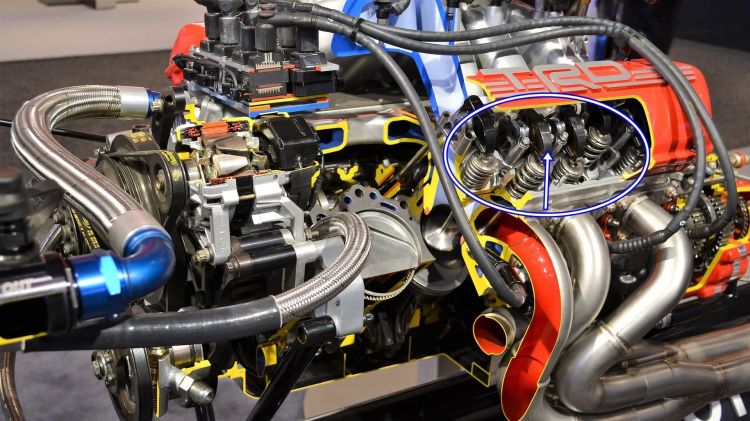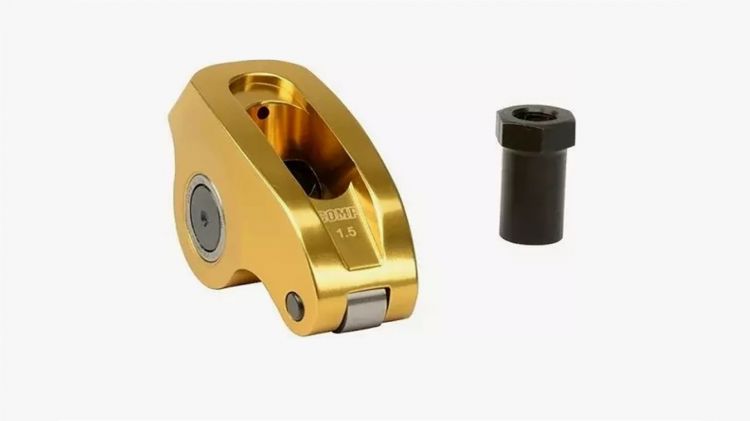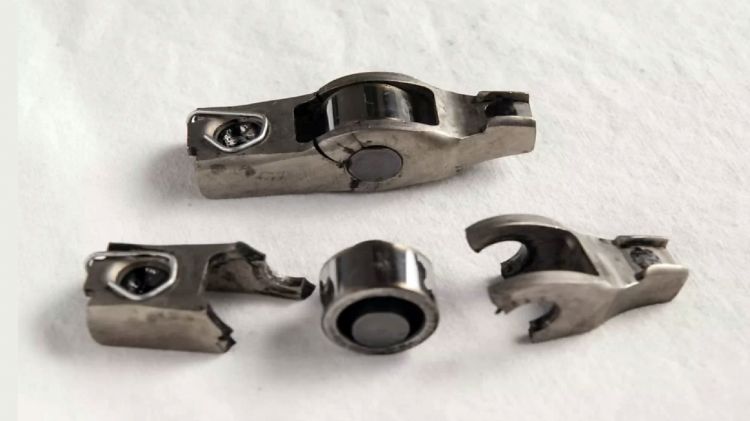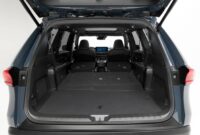It is very true that there are many drivers who do not know what many of the parts their car is made of. They do not know key components such as the cylinders, the piston, the cylinder head, the intake valves, the exhaust valves, the crankshaft, among many others. This is the case of rockers of the engine and it is this piece that we are going to talk about in this article.
Here we are going to explain what are rockers and what functions they perform during car operation. You will also learn the importance of careful and responsible maintenance, to guarantee the proper functioning and durability of the rocker arms.
What is the rocker?
The rocker arm is a part of the internal combustion engine responsible for transmitting the movement of the camshaft to the intake valves and exhaust valves the motor. This process occurs due to the direct contact of these parts with the tappets and according to the movement of the shaft, helping it to function efficiently and safely.
The rocker arm plays an important role in the main function of your engine, as it helps keep pressure at the right level and helping at the time of ignition, preventing the engine from misfiring and overheating.
What material are rocker arms made of?
Like most car components, rocker arms are manufactured from high quality and performance materials and specifications, recommended by world engineering standards. They are generally made with high quality steel alloyswhich guarantee optimized resistance and greater durability for the engine.
Some types of rocker arms have built-in bearings at the contact points to reduce friction and wear at those points.
Where are the rocker arms located?
The rockers are usually are located between the intake valves, the exhaust valves and the push rod. The push rod is responsible for pushing and pulling the arm. This action causes the rocker arms to oscillate up and down. This is why the intake and exhaust valves in the engine’s combustion chamber open and close.
rocker arm types
In general, 4 types of rocker arms are used:
- Engraved steel rocker: It is the best known type of all and they are usually the cheapest. Engraved Steel Rocker uses a pivot pin with a round bottom nut which holds the rocker arm in place.
- Rocker with roller tip: Similar to previous rocker arms, but the roller is attached to the tip of the tilt valve. Reduces valve tip friction and wear and improves power output.
- Full roller rocker: Rocker arms of this type also can use bolts for the pivot, but not nuts. Includes a short shaft.
- shaft rocker: It’s a full roller rocker arm that features a shaft that penetrates the rocker arm. Depending on the cylinder head design, the shaft may only pass through two rocker arms or all rocker arms.
What happens if a seesaw breaks?
when you have a broken or loose rocker arm, the exhaust valve and intake valve cannot work properly and the cylinder associated with the faulty rocker arm stops working. Ultimately it can also limit engine performance.
Symptoms of a faulty rocker arm
To find out if you have a damaged rocker arm that is negatively affecting your engine, just look out for the most common symptoms of damage:
- clicking noises: Damaged rocker arms can stick during rotation, causing a clicking noise. But this can also be due to other causes in the engine, being the most prudent to take it to a mechanical check-up.
- weak engine: An engine that does not have the same power, that has difficulty climbing or overtaking other cars and that always falls behind, may be due to a faulty rocker arm.
- check engine light: This can alert the driver to something serious with the car’s engine. Fault codes on rocker arms can be scanned.
- Physical damage: Rocker arms damaged by constant use, they can show cracks, holes or clear signs of wear.
- engine stall: If the engine frequently stalls when trying to start the car, accelerate or drive at a high speed, it is a sign that there may be a problem with a rocker arm.
Causes of a faulty rocker arm
- strong>Bad fuel injectors: One of the most common causes of rocker arm damage is when the injectors are faulty or not compatible with the car.
- contaminated fuel: Another of the most common causes that can cause a rocker arm to deteriorate is old or contaminated fuel. A contaminated or insufficient fuel supply can cause the engine to stop running.
- Manufacturing defects: A rocker arm that comes with a factory defect is one of the most common factors of its breakdown. It includes the effects that cause cracks and increased stresses in the assembly. This can be caused by improper heat treatment and is the main cause of many rocker arm failures.
- damaged valves: If an engine valve is damaged, it stays open and causes poor timing in the engine assembly. This causes damage to internal engine components, including the rocker arms.
- Damaged timing chain or belt: When the timing chain is defective, it makes the engine unable to start or turn. This can damage rocker arms, pushrods, and valves.
- contaminated oil: When the oil that is circulating through the engine is old or contaminated oil, it can also cause bad rocker arms. The car should always have enough clean engine oil, so that the rocker arms can work efficiently.







